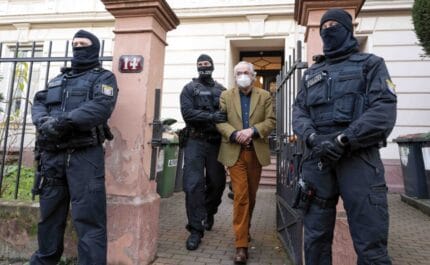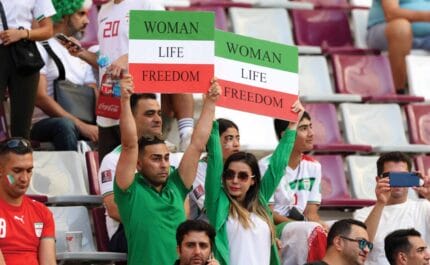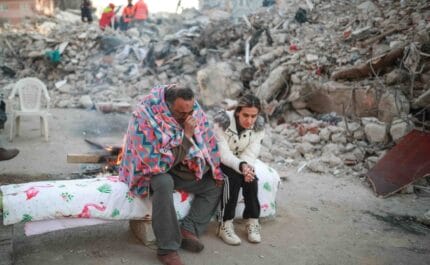Tokelau against the tide
The remote nation of Tokelau is on the front line of climate change. The cluster of Pacific islands sits just five metres above sea level at its highest points. As global temperatures reached a historic high in 2016, photographer Vlad Sokhin travelled to Tokelau to document how its 1,411 residents are dealing with this overwhelming threat to their way of life and here describes, in words and pictures, how they are fighting back

Hetu, eight, holds a shark in South Pacific waters off Tokelau. Photo: Vlad Sokhin
Photography: Vlad Sokhin
4th October 2016 (Taken from: #25)
It took me two years and 36 hours to get to Tokelau. Two years to get a visa and 36 hours to make the 580-kilometre boat trip from Samoa. I’ll never forget seeing Fakaofo, one of the three atolls that make up Tokelau, for the first time – one of the islands looked like a fortress.
It is a really low-lying atoll, just three metres above the water, and to protect themselves from high waters caused by storms from cyclones, its people have enclosed Fale, the islet they live on, with a five metre-high sea wall. The message is clear: we will do everything we can to protect our land.
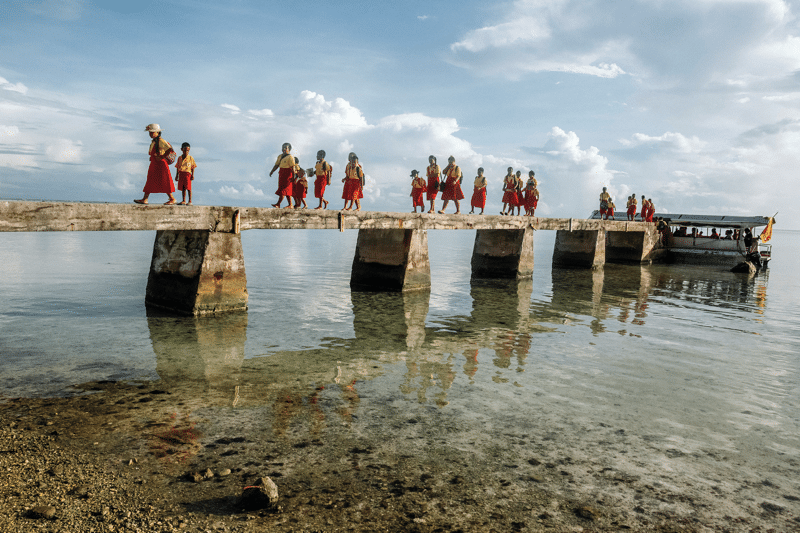
Tokelauan children disembark from a school run by boat as they head to classes on the islet of Fenua Fala. Photo: Vlad Sokhin
I have been documenting the impact of climate change on Pacific islands for four years. I have seen villages destroyed by cyclones, coral reefs bleached beyond recognition and economies destroyed by falling fish stocks, but Tokelau is a rare positive story. It is a great and important example of how people can manage their limited land and resources for the common good. I was happy I was able to capture that.

The people of Fale village in Fakaofo Atoll relax and socialise in the cool water of the lagoon. Photo: Vlad Sokhin
The Pacific way
I’ve visited almost 100 countries in my life, but Tokelau is unlike anywhere else I’ve been. It is the only truly socialist society I have witnessed: they share everything. There is a tradition called inati which is collective fishing and food sharing. All the men of the island go fishing in the ocean and everything they catch is collected together and shared equally among the islanders. Everyone gets the same portion – it doesn’t matter if you are a small boy or an elderly woman. As a guest, even I received a share without question.
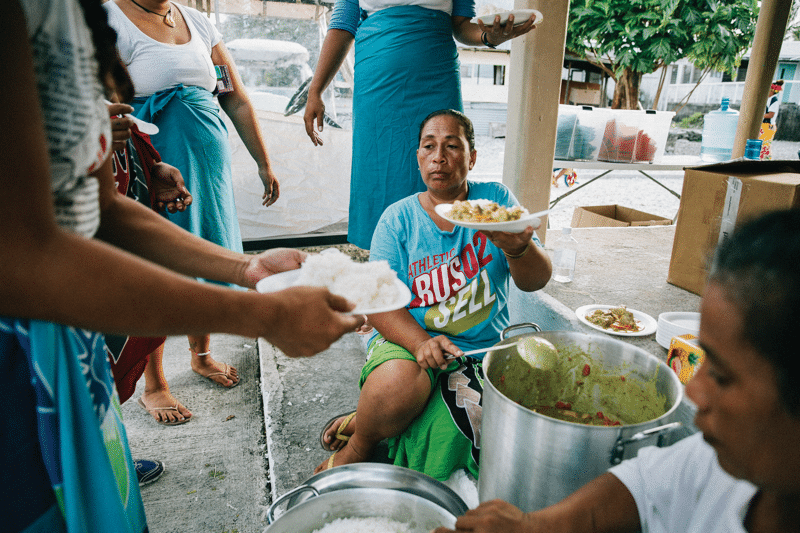
Photo: Vlad Sokhin
Most people don’t have jobs – Tokelau is a dependent territory of New Zealand and the islanders receive minimum salaries from Wellington – but they work as a community. If you need to build a house, the whole community helps. If there’s a cyclone, they rebuild together.
They also manage their land in an interesting way. The island is run by the Tokelau Council for Ongoing Government, which moves its meeting place between each of the three atolls – effectively rotating the Tokelau capital each year. On Fakaofo they’ve appointed certain islands for different purposes. So one is the school island, on another they’ve put all the pigs. One island has been divided into equal plots distributed among everyone to grow crops on. One entire island is a Catholic cemetery, while another is a Protestant one.

Patemo Tafia, 13, at the Protestant cemetery on the islet of Pataliga. Photo: Vlad Sokhin
Solar flair
In 2012 Tokelau became 100 percent solar powered, which officially made it the first country in the world to do so. Before then the islands ran on diesel, but the governments of Tokelau and New Zealand decided to invest in the change. Each of the three atolls has its own solar plant, which produce more energy than the islands can use.
There are only three fuel-burning cars on Tokelau; everyone else gets around on electric golf buggies.
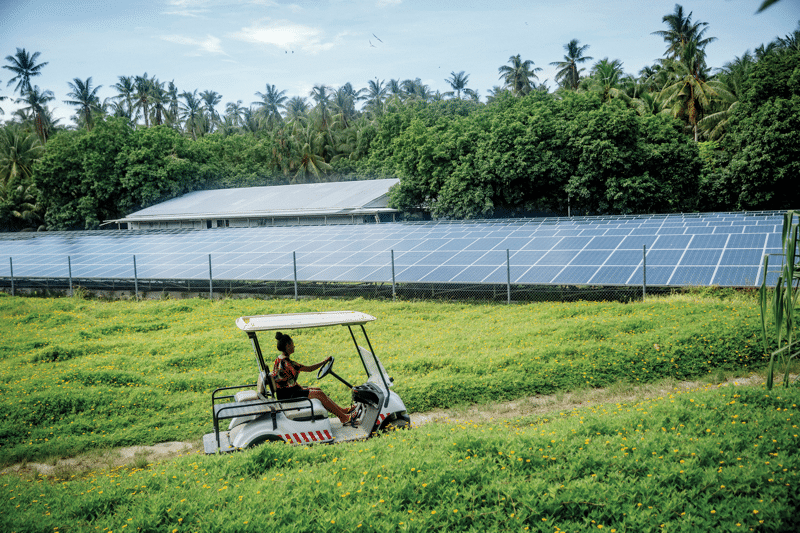
Lagi, 22, drives an electric golf cart near a Fakaofo solar array station on the islet of Fenua Fala. Photo: Vlad Sokhin
Despite this they only use 40 percent of the energy they produce, and there’s nothing they can do with the rest. They can’t sell it as they are too remote, and they need to burn it off to keep the batteries working. I noticed that in most government buildings and public places the lights are left on all night.
Despite its size, it’s a very technologically advanced place. More internet domains are registered here than anywhere else: over 31 million. In 2007 Dutch entrepreneur Joost Zuurbier established a new operating model that allowed overseas internet users to register ‘.tk’ domains for free. As a result all the islands have really fast satellite internet.
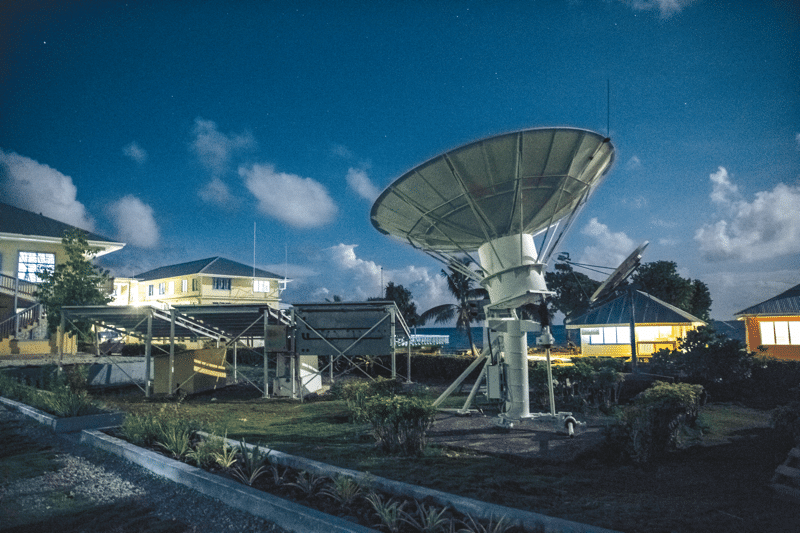
A satellite dish on Nukunonu Atoll used to provide high-speed internet connections. Photo: Vlad Sokhin
Lots of families have big, flat-screen TVs and watch a lot of international news, which has had a strange effect on society. Climate change is not their only concern – there is a genuine fear that Isis will come to Tokelau. They believe that their home is paradise – so why wouldn’t Isis come?
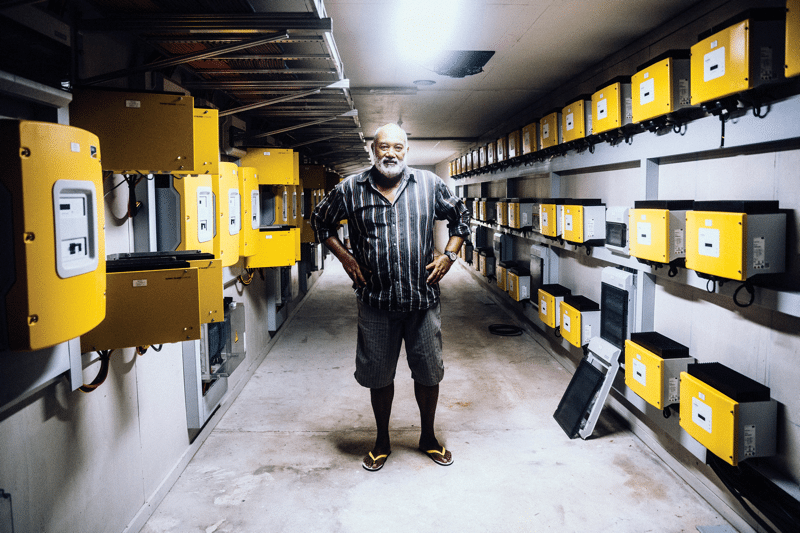
John Bosco, the national supervisor for energy, standing inside the Fakaofo solar power station. Photo: Vlad Sokhin
Keeping heads above water
For the last few years Tokelau has been feeling the effects of climate change. The weather in the Pacific has altered so much that the people of Tokelau can no longer predict it. Cyclones in the area are increasingly strong. They had a huge one a few years ago that destroyed half their territory, so they are trying to protect themselves from that and rising sea levels. They have also seen coastal erosion and coral bleaching.
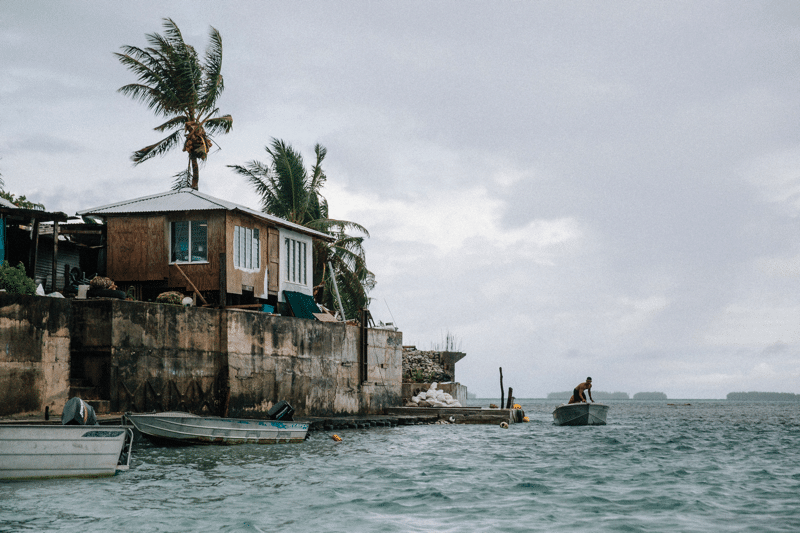
Photo: Vlad Sokhin
The people understand the threat and they are trying to adapt to it. There are one or two traditional Polynesian houses left on the islands, which the Tokelauans have kept as a memory of how things used to be; all the rest have been replaced with new, cyclone-proof houses with concrete walls. Following the sea wall in Fakaofo, other atolls are building their own. It will take years to encircle all the islands people live on, but they will persevere. They believe in protecting what they have got.
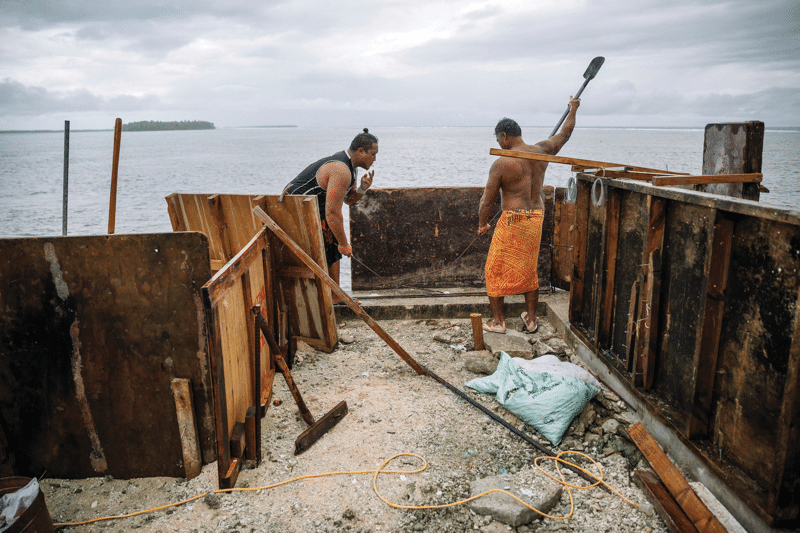
A father and son building a sea wall in front of their house on Fale A house perched above the sea wall. Photo: Vlad Sokhin
They are also trying to use a system called keyhole gardening. This involves bringing in rich soil from Samoa and using it to fortify the sandy coast. The enriched earth can then be used to grow vegetables as well as provide protection for the land against erosion.
Every Tokelauan is also a New Zealand citizen, so they can leave the atolls whenever they like, but they love their land, they want to stay and are doing everything they can to do so. But they are so exposed. There’s no airport. If they need help it takes at least 24 hours to get here. There is nowhere to evacuate to. Still they stay working as a community and doing everything they can to stand together against the tide.
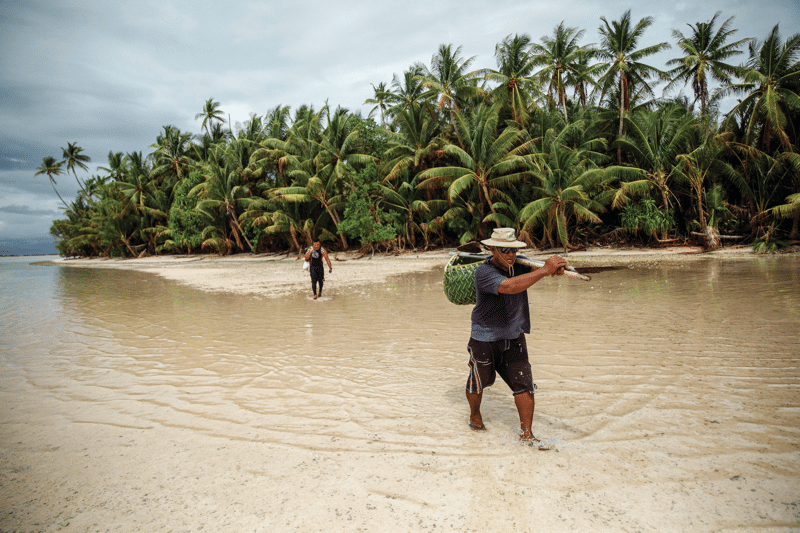
Ehekia Sili and his son Faasavala return to their boat after working in their garden on the islet of Te Lafu. Photo: Vlad Sokhin
Slow Journalism in your inbox, plus infographics, offers and more: sign up for the free DG newsletter. Sign me up
Thanks for signing up.
